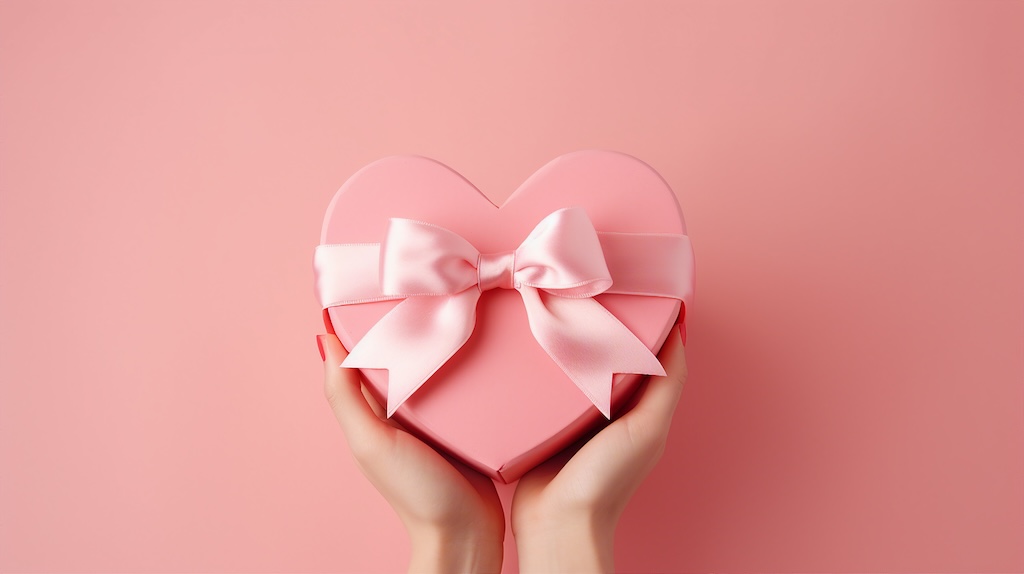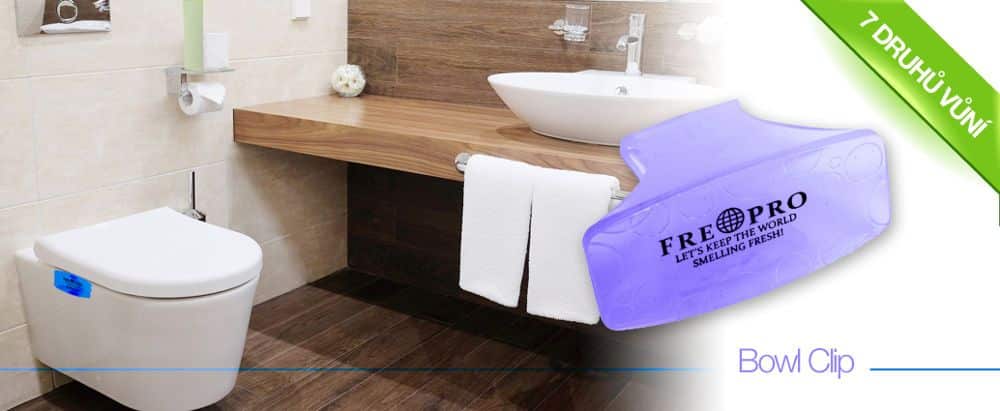Prague
Prague
• Prague is a city in west central Czech Republic, the capital of the country; it is located in the central Bohemia region, situated on both sides of the Vltava River; its population is about 1.3 million
History :
• the settlement of Prague dates from the 9th century, when it was the site of several Bohemian castles
• the city began to grow in the 13th century with the establishment of German communities by Wenceslas I, king of Bohemia; the German colonists developed the city rapidly, building the Old Town as a trading centre in 1232 and, expanding to the southeast, establishing the New Town a century later; the key personality for expansion of Prague was the King Charles IV, who let build the Charles University in 1348 as the first in middle Europe
• Prague prospered as the capital of the powerful province of Bohemia and during the 14th century became the largest European city after Paris, in 1442 it was conquered by the Hussites and continued to grow in wealth and power
• it was much damaged during several wars, notably in the Thirty Years‘ War (1618-1648), in 1744 the city surrendered to Frederick II, king of Prussia, who, during the Seven Years‘ War (1756-1763), defeated the Austrian forces at Prague
• in 1848, Prague was bombarded by Austrian troops to quell a Czech revolution, and in 1866 the city surrendered to Prussian forces during the Seven Weeks‘ War
• upon the establishment of the republic of Czechoslovakia in 1918, Prague became its capital; During World War II the city was occupied by German forces from March 1939 until May 1945 but escaped major damage
• the city was again the scene of turmoil when, in August 1968, Soviet troops invaded Prague and massive demonstrations ensued and also was the site of massive nonviolent demonstrations that led to the downfall of Czechoslovakia’s Communist regime in 1989
• when the country divided into two republics on January 1, 1993, the city became capital of the independent Czech Republic
Cultural life
• the cultural life in Prague is wide and one can chose from several activities he would like to do – from going to opera or National Theatre to seeing a hockey or football match
• if you feel like to see some theatre performance of a high value, I recommend you to go to the National Theatre, situated on the right bank of Vltava; the interior is painted by famous Czech painters, e.g. Mikolas Ales, and you can see the best Czech actors casting in the most famous Czech and foreign plays; or if you would like to see some more informal performance, there are many possibilities where to go, but if you visit the Archa theatre, you will be satisfied; because many performances are in English, or even Czech ones are with English subtitle; and don’t worry to wear jeans, nobody gets mad
• if you would like to see some paintings or sculptures, you can visit the National Gallery in Prague, e.g. the collection of ancient art in Sternbersky palac on Hradcanske square 15
• from Prague museums I recommend the National museum on Venceslas square, where you can find paleontological, mineral or zoological collections, ancient history of Czech, Moravia and Silezia and scelets of many animals, including ancient man
• and if you admire classical music, there is not more prestigeous and honor place than the Rudolphinom on Alsovo sqare, on the bank of Vltava
• probably the most famous festival that is held every year is the classical music festival Prague spring, that begins every year on May 12th and ends on June 2nd; concerts can be seen in more concert halls in Prague, but it always begins with Dvorak’s Ma vlast in Rudolphinom; siniliar to this is Prague autumn, but is younger and not so famous
• I would recommend to everybody to see some performance on Krizikova fountain; this fountain is a little miracle of technology and it is wonderful that it was build so long ago; at recent days spectators can see spectacular performances full of colours, playing in warm summer nights on music by Queen, Vangelis or songs from world-reknown musicals
Municipal House of the Capital of Prague and Powder gate
• Municipal House was built on the place of former King’s court in 1905 to 1911 as a representative palace of the town in the style of Prague Art nouveau; the group of halls around the central Smetana Hall is decoratedby the works of the foremost artists of the turn of the 19th and 20th centuries; the Municipal House was the place of declaration of independent Czechoslovak stateon October 28th in 1918 and also the scene of negotiations of the representatives of Civic Forum , who after November 17th 1989 undertook the political powers
• the Powder Gate was constructed as a representative entry into the Old Town at King’s court by Matyas Rejsek in the 2nd half of 15th century in the Lately Gothic style; in the end of 19th century was renovated in the Neo-Gothic style by J. Mocker; the gate is 65m high and is decorated by stoneworks and sculptures
Vyšehrad
• the second seat of the Bohemian princes and kings of the Premyslides dynasty was founded in the 10th century; the original castle figured in romantic legends about the beginning of Prague and the Bohemian state; it contains Rotunda of St Martin, Chapter church of St Peter and Paul, the chapels of St Ludmila and of Virgin Mary in Walls, remnants of Gothic fortifications, a baroque fortress of the 17th century, a park with so called “devil’s Column and four statues depicting figures of Bohemian mythology by J. V. Myslbek; you can find there also Vysehrad Museum and a cemetery, where since the 19th century important personalities of the Czech nation have been buried
Old Town Hall
• was built probably in 1299 at the Big square (market place) as the seat of self-government of the Prague Old Town; the oldest part of the Town Hall complex was built in the High Gothic style and contains the tower, oriel chapel and rich coat of arms decorations; the astronomical clock was made before 1410 by Nicholas of Kadan and completed in the end of 15th century; the calendar sheet and new statues of Apostles were were placed in 19th and 20th centuries





